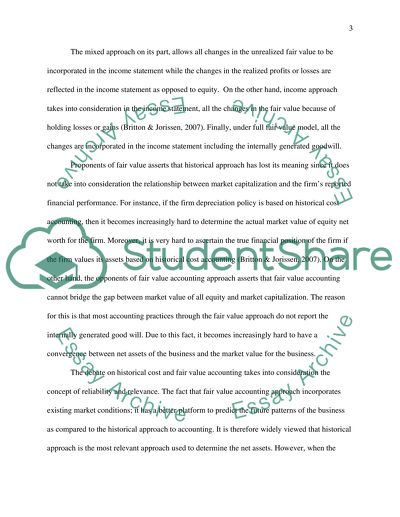Cite this document
(“I. The CEO of the company believes that the company should incorporate Essay”, n.d.)
Retrieved from https://studentshare.org/finance-accounting/1498846-i-the-ceo-of-the-company-believes-that-the-company
Retrieved from https://studentshare.org/finance-accounting/1498846-i-the-ceo-of-the-company-believes-that-the-company
(I. The CEO of the Company Believes That the Company Should Incorporate Essay)
https://studentshare.org/finance-accounting/1498846-i-the-ceo-of-the-company-believes-that-the-company.
https://studentshare.org/finance-accounting/1498846-i-the-ceo-of-the-company-believes-that-the-company.
“I. The CEO of the Company Believes That the Company Should Incorporate Essay”, n.d. https://studentshare.org/finance-accounting/1498846-i-the-ceo-of-the-company-believes-that-the-company.


